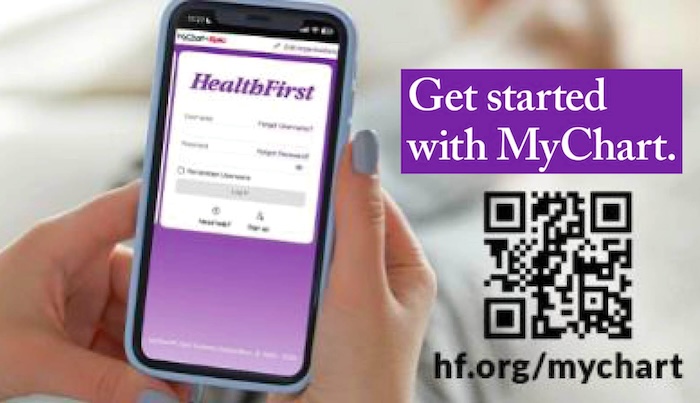Maintaining a Safe Workplace During the Pandemic
By Space Coast Daily // November 13, 2020

The coronavirus has radically changed the way many companies are doing business. To that end, millions of workers continue to do their jobs remotely.
However, for organizations that manufacture electronics and other high-tech consumer devices, this safety strategy is not always an option.
Instead, they are instituting practical strategies for promoting maximum employee well-being without sacrificing production during these difficult times.
PROMOTE SOCIAL DISTANCING
Studies suggest that spread of the coronavirus is reduced if personnel remain at least six feet apart from each other. Therefore, companies should reposition workstations, post and enforce capacity limitations in contained spaces such as break rooms and designate one-way corridors and single doors for entrance and exit.
REQUIRE SURFACE CLEANING AND HAND HYGIENE
Employees should be encouraged to wash their hands with soap and water before, during and after their shifts to reduce transmission of the virus.
Where that is not possible, hand sanitizer should be readily available. In addition, companies must put protocols in place and delegate personnel to regularly clean high-traffic surfaces such as doorknobs, computer keyboards, countertops, etc.
The disinfectants that are used should be CDC-approved bleach- or alcohol-diluted solutions and should be employed before and after shifts and at least once during the shift itself.
INSTITUTE DAILY EMPLOYEE SCREENINGS
Although it is true that an employee can display no symptoms of the coronavirus and yet be infectious to others, many companies continue to recognize the effectiveness of daily self-reporting screenings.
Before workers are allowed to enter the property, a company official will check employee temperature and administer a brief questionnaire. In most cases, questions focus on whether the person is experiencing any COVID-19 symptoms such as shortness of breath, loss of taste or smell, body aches or fatigue.
In addition, employees are asked if they have been exposed to someone who recently tested positive for the virus.
Although relying on employees to self-report can help prevent an outbreak at the office, some companies have taken the proactive measure of onsite New York corporate COVID testing. These tests can be administered at the workplace on a regular basis, helping detect an active case of the virus before it has the chance to spread.
Companies that put these protocols in place also have set up best practices that define what to do if concerns arise during these screenings.
HAVE A COMPLETE SET OF PROCEDURES IN PLACE
Preventing COVID-19 in the workplace through the implementation of requirements for facial coverings, hand-washing and social distancing can be quite effective, but these measures are not foolproof.
Therefore, companies also need to thoroughly consider the steps they will take should someone become ill with the virus at work or test positive after unknowingly exposing coworkers.
Considerations include providing an isolated location where a sick person can rest until they leave the property, defining policies for when and under what conditions the ill person can eventually return to work, contact tracing, testing and quarantine requirements for colleagues who may have been exposed to the virus.
In most cases, large companies should appoint a person or team tasked specifically with addressing the many complex responsibilities around COVID-19 preparedness and response.
People often spend one-third of their lives at work. Considering that the world is currently experiencing a life-threatening pandemic, companies bear a heavy responsibility to protect their employees on many levels. When doing the job remotely is not possible, taking workplace safety seriously is a must.












